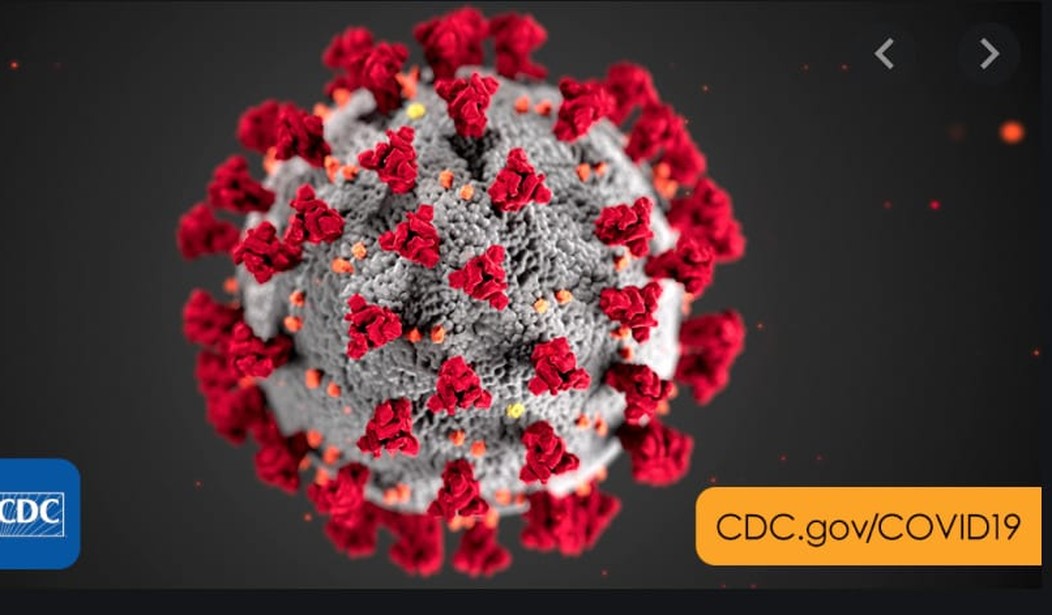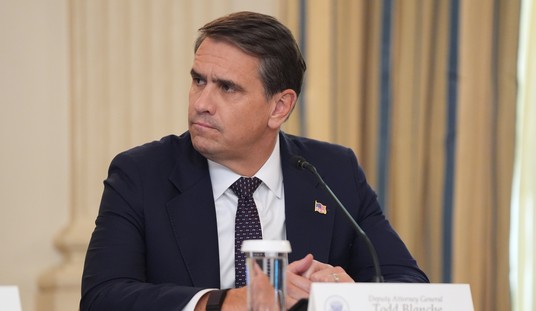A controlled lab test has confirmed what most scientists expected. The coronavirus is quickly destroyed in the sun and that it doesn’t last long in high temperatures and high humidity.
The findings are a vital piece of information that will give political leaders further guidance on how far to go in restarting the economy.
A briefing on the preliminary results, marked for official use only and obtained by Yahoo News, offers hope that summertime may offer conditions less hospitable for the virus, though experts caution it will by no means eliminate, or even necessarily decrease, new cases of COVID-19, the disease caused by the coronavirus. The results, however, do add an important piece of knowledge that the White House’s science advisers have been seeking as they scramble to respond to the spreading pandemic.
The study found that the risk of “transmission from surfaces outdoors is lower during daylight” and under higher temperature and humidity conditions. “Sunlight destroys the virus quickly,” reads the briefing.
While that may provide some good news about the outlook for outdoor activities, the Department of Homeland Security briefing on the results cautions that enclosed areas with low humidity, such as airplane cabins, “may require additional care to minimize risk of transmission.”
It was expected that the virus wouldn’t do well in warmer, wetter climates and nations near the equator have shown a relatively slow spread.
“We are not saying that at higher temperatures, the virus will suddenly go away and everything would be fine and you are going out,” Qasim Bukhari, a computational scientist at MIT and a co-author of the analysis, told Yahoo News in an interview. “No, we are not saying it. We are just seeing that there is a temperature- and humidity-related dependency, but I think many people now have started to realize this.”
Bukhari said that since he and his colleagues published that analysis, the numbers on the coronavirus’s spread continue to support their contention. “They are doing a lot of tests now in India. Also, when you look at the numbers in Pakistan it’s the same. There are more than 5,000 cases in Pakistan right now,” he said. “But the increase is not as rapid as you see in other countries.”
The virus will survive the summer and phase two of the pandemic will begin in earnest next fall. What then? Do we shut down the economy again?
There will be calls for that but for practical economic reasons, it won’t happen. Once the economy starts revving up, masks and social distancing will become the new normal and perhaps frequent testing for the virus as well. There will be more death but hopefully, the lessons we’ve learned from the first round in the fight against the virus will serve us well in the future.
Editor’s Note: Want to support PJ Media so we can keep telling the truth about China and the virus they unleashed on the world? Join PJ Media VIP and use the promo code WUHAN to get 25% off your VIP membership.










Join the conversation as a VIP Member